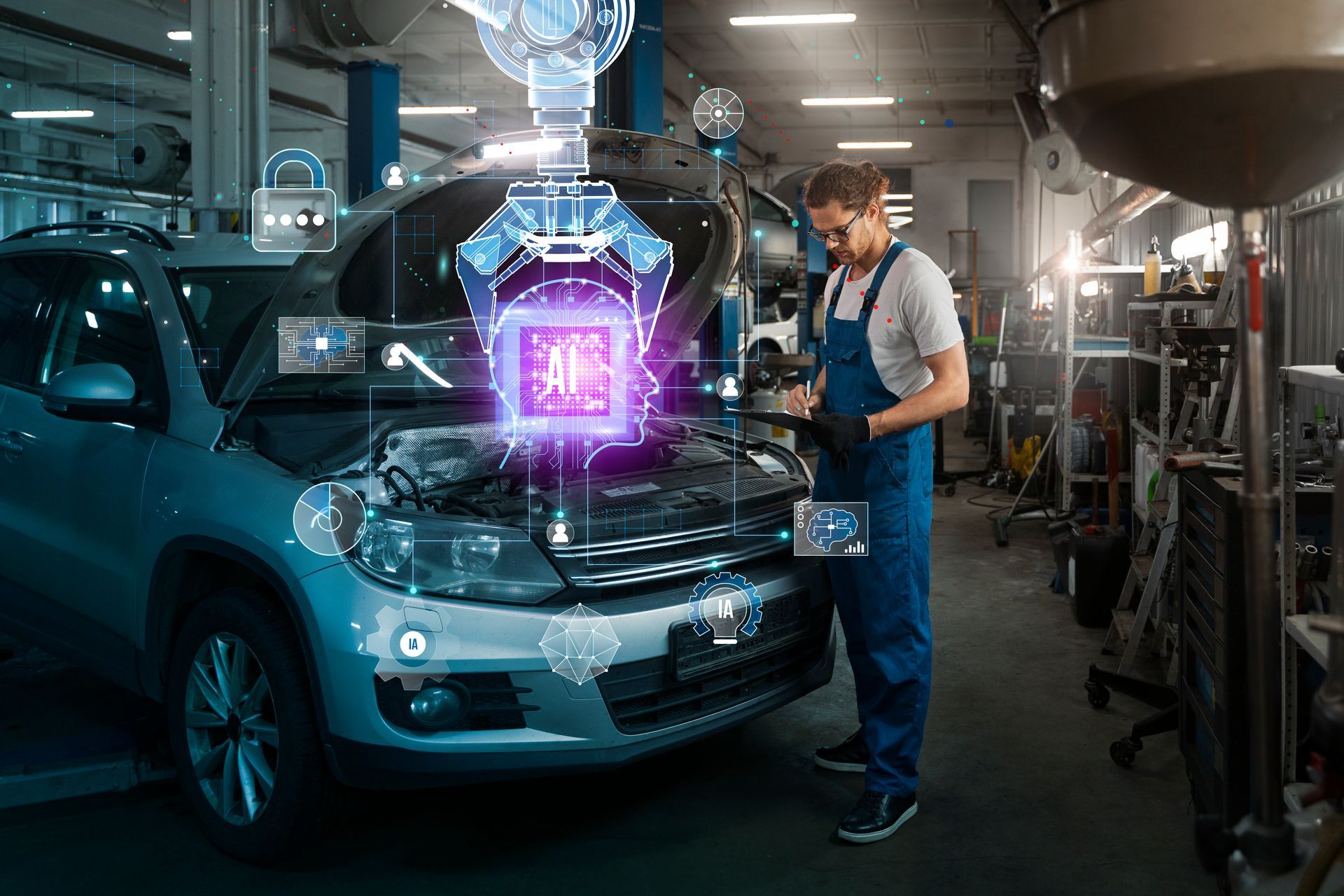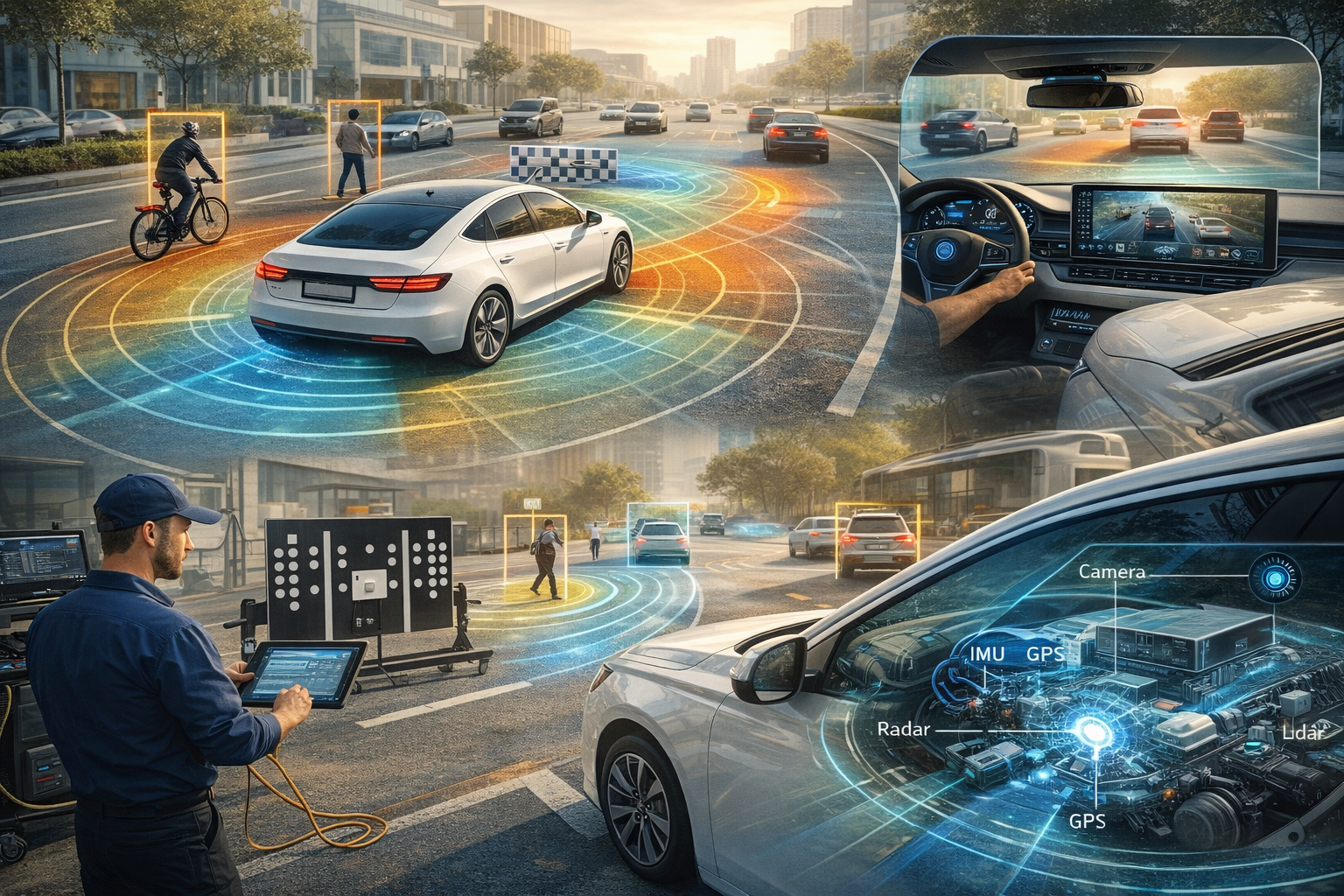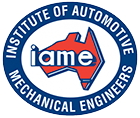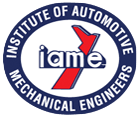The Rise of AI - Transforming the Automotive Sector

In recent years, artificial intelligence (AI) has become a driving force behind technological advancements in various industries, and the automotive sector is no exception. The integration of AI into vehicles has ushered in a new era of innovation, safety, and efficiency. From autonomous driving to intelligent traffic management, AI is reshaping the way we think about transportation. This article explores the ways in which AI is advancing technology in the automotive sector.
Autonomous Driving
One of the most prominent areas where AI is making a significant impact is in the development of autonomous vehicles. AI-powered systems, equipped with sensors, cameras, and radar, enable vehicles to perceive their surroundings, make decisions, and navigate without human intervention. Companies like Tesla, Waymo, and Uber are at the forefront of developing and testing autonomous driving technologies.
Machine learning algorithms play a crucial role in enhancing the capabilities of autonomous vehicles. These algorithms continuously learn from real-world data, allowing vehicles to adapt to changing road conditions, traffic patterns, and unexpected obstacles. The goal is to create a safer and more efficient driving experience, reducing the number of accidents and improving overall road safety.
Predictive Maintenance
AI is also revolutionizing vehicle maintenance through predictive analytics. Automotive manufacturers and service providers are leveraging AI algorithms to predict potential issues with vehicles before they occur. By analyzing data from sensors and connected devices within the vehicle, AI can identify patterns and anomalies that may indicate impending mechanical problems.
This proactive approach to maintenance not only helps prevent unexpected breakdowns but also reduces downtime and lowers repair costs. Fleet operators, in particular, benefit from AI-driven predictive maintenance, as it allows them to optimize their vehicle maintenance schedules and keep their fleets running smoothly.
Intelligent Traffic Management
The integration of AI into traffic management systems is another area where advancements are reshaping the automotive landscape. AI algorithms analyze real-time traffic data, including vehicle movements, road conditions, and congestion patterns, to optimize traffic flow and reduce congestion.
Smart traffic lights, for example, can dynamically adjust signal timings based on current traffic conditions. AI-driven systems can also provide real-time navigation suggestions to drivers, helping them avoid congested routes and choose the most efficient paths. This not only improves the overall efficiency of transportation systems but also reduces fuel consumption and emissions.
Enhanced In-Car Infotainment
AI is enhancing the in-car experience for drivers and passengers by providing advanced infotainment systems. Natural language processing (NLP) enables voice recognition systems that allow drivers to control various functions, such as navigation, music, and climate control, without taking their hands off the wheel. Additionally, AI-powered infotainment systems can learn user preferences over time, offering personalized recommendations for music, news, and other content. This level of customization enhances the overall driving experience and contributes to increased user satisfaction.
The integration of artificial intelligence into the automotive sector is transforming the way we think about transportation. From autonomous driving and predictive maintenance to intelligent traffic management and enhanced in-car infotainment, AI is driving innovation and improving safety, efficiency, and user experience. As technology continues to evolve, the automotive industry is poised for further advancements that will shape the future of mobility.








